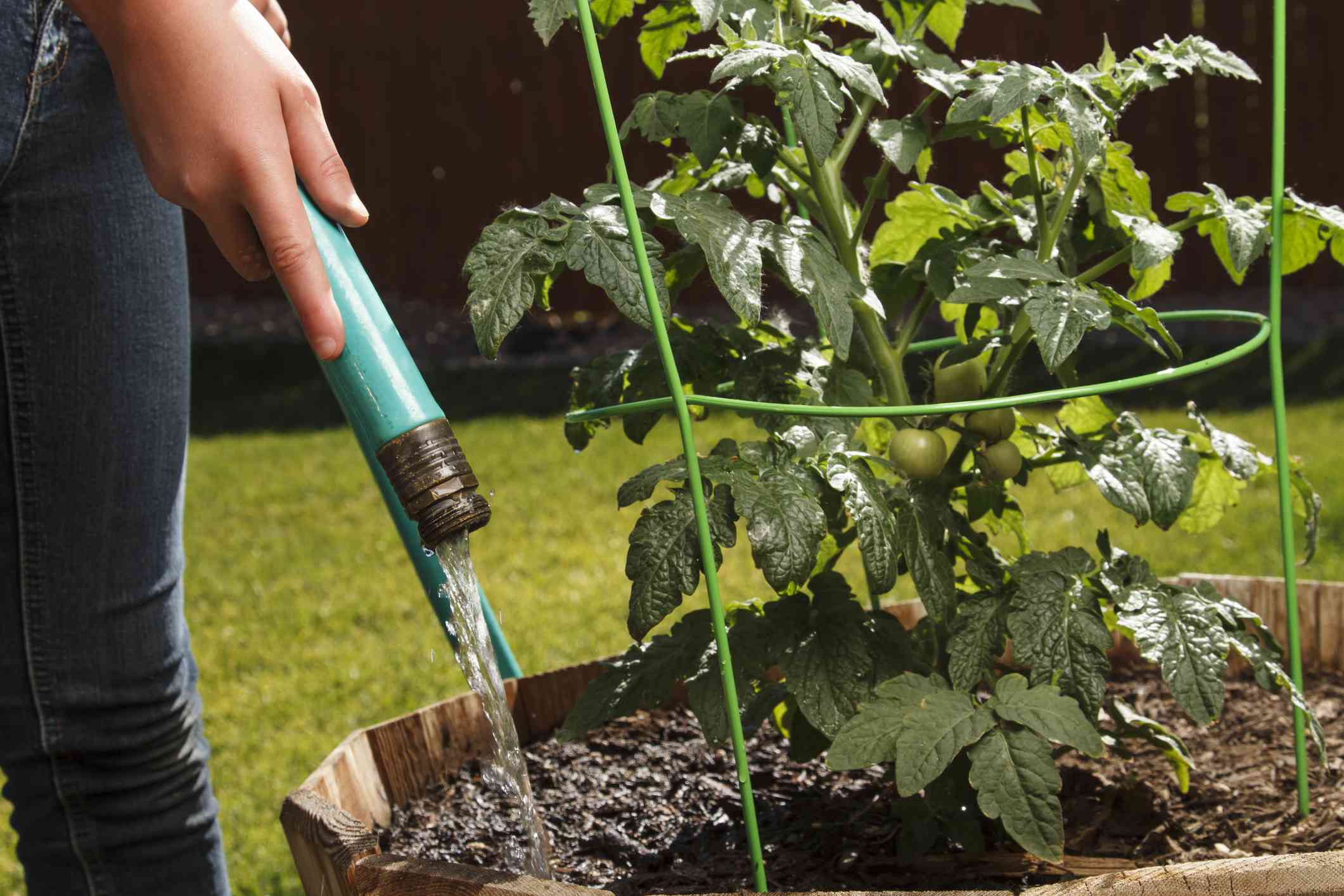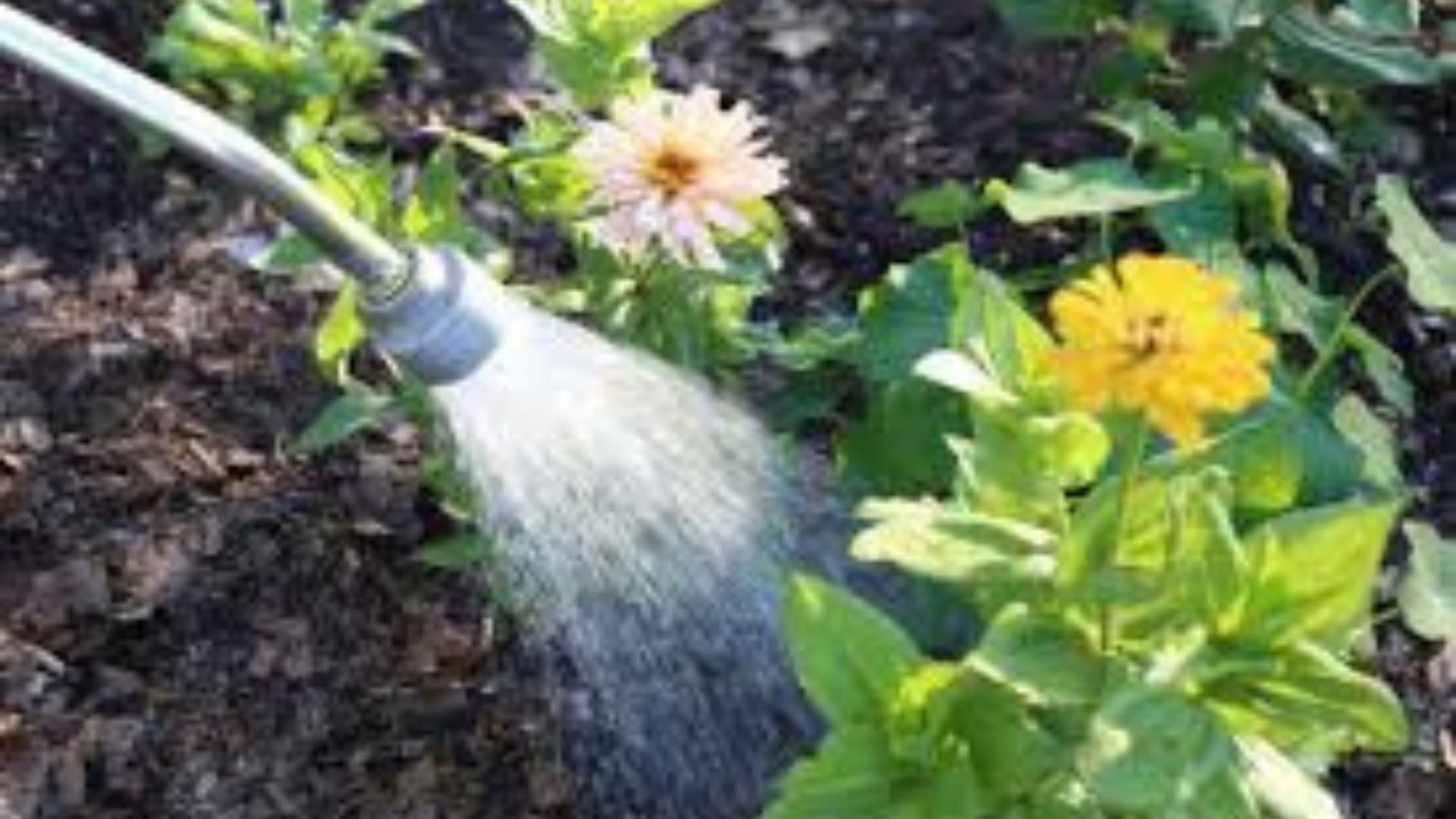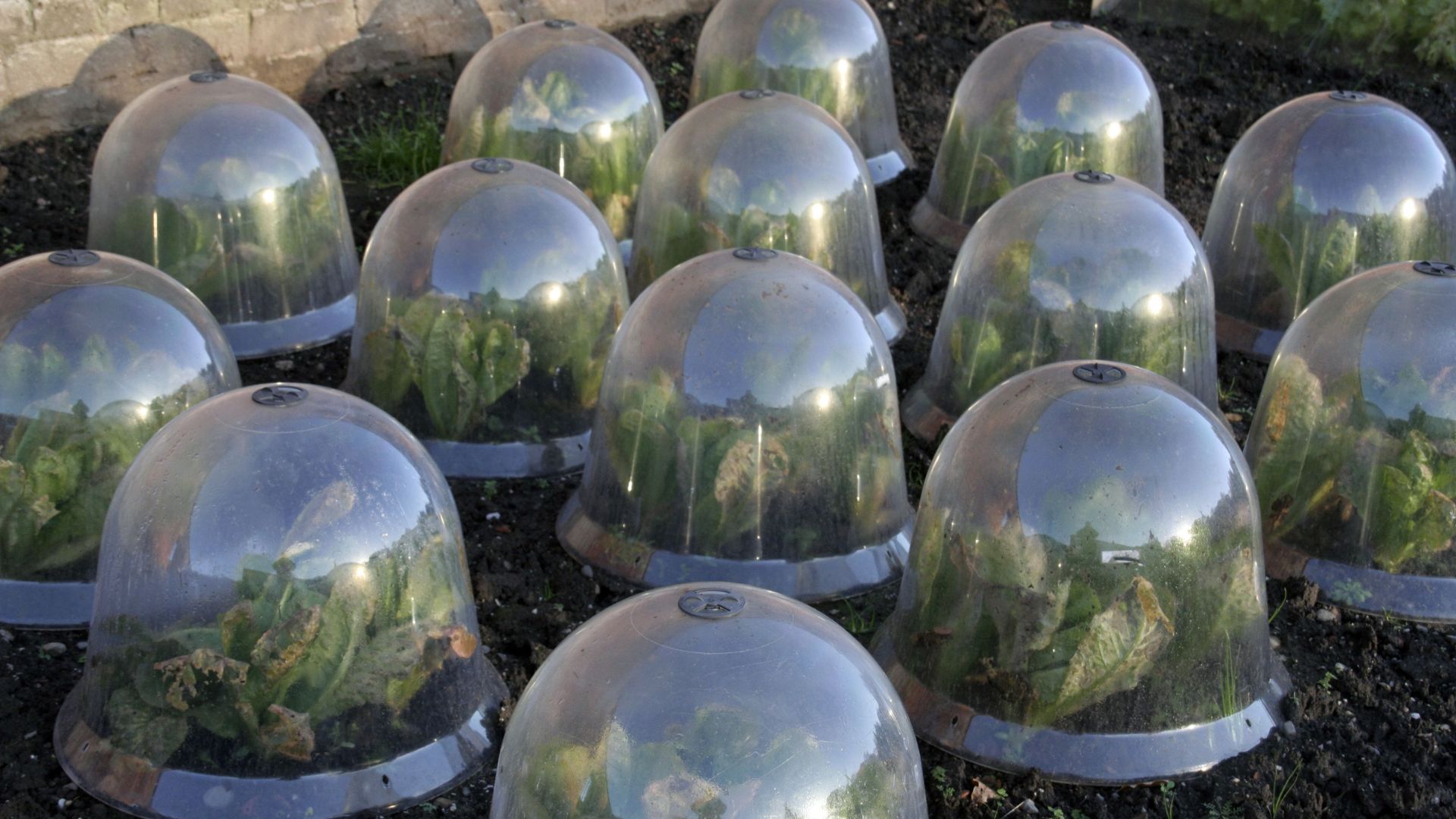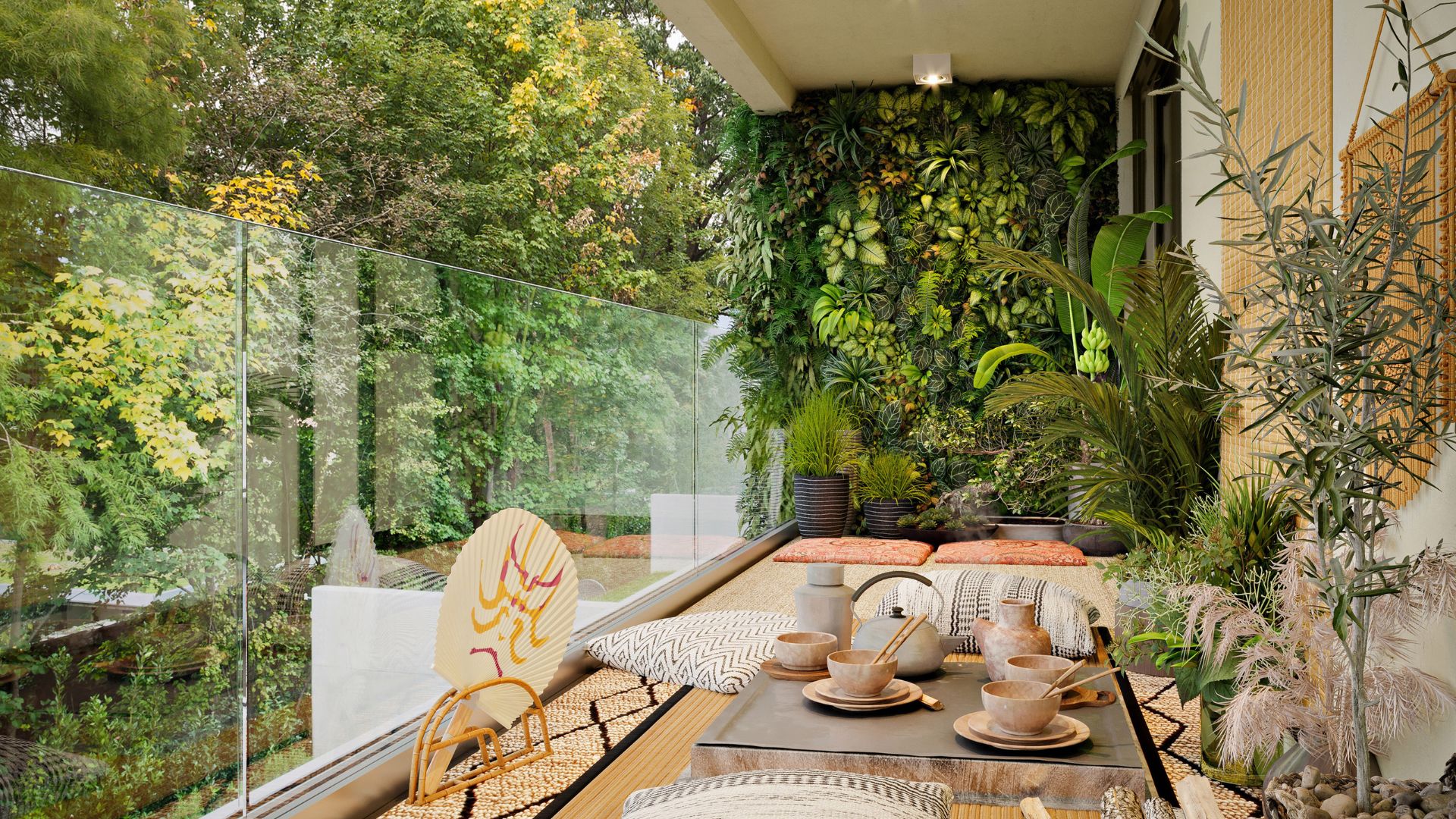Keeping your garden lush and healthy starts with understanding how to water it properly. Outdoor plant watering tips can help you avoid overwatering, underwatering, and wasting resources. Every plant, from flowers to shrubs and vegetables, benefits from smart watering habits. By following a few simple guidelines, you can ensure your garden stays green, hydrated, and beautiful—no matter the season or climate.

Know Your Plants’ Needs
Different plants have different water requirements. Succulents and drought-tolerant plants need far less water than vegetables or flowering annuals. Before watering, check your plant labels or research their needs. Knowing whether a plant prefers moist or dry soil helps prevent stress or disease. Grouping plants with similar watering needs makes garden care easier and more efficient. Tailoring your watering schedule to your plant types is the first step toward success.
Water Early in the Day
One of the most effective outdoor plant watering tips is to water in the early morning. This allows the moisture to soak into the soil before the heat of the day causes evaporation. Morning watering also prevents fungal growth, as leaves have time to dry before nightfall. If you can’t water in the morning, late afternoon is a good second option. Avoid watering at night, when excess moisture can promote mildew and root rot.
Water Deeply and Infrequently
It’s better to water your garden deeply a few times a week than to water lightly every day. Deep watering encourages plant roots to grow downward, making them stronger and more drought-resistant. Use a slow and steady stream to allow water to penetrate the soil fully. Shallow watering, on the other hand, leads to weak root systems and stressed plants. Check soil moisture a few inches down before deciding to water again.
Use Mulch to Retain Moisture
Adding mulch around your plants is one of the easiest ways to conserve water. Mulch keeps the soil cool, reduces evaporation, and prevents weeds that compete for moisture. Organic options like wood chips, bark, or straw also enrich the soil as they break down. Apply a 2- to 3-inch layer, but keep it a few inches away from plant stems to avoid rot. With mulch, your watering efforts go further and last longer.
Choose the Right Watering Tools
The tools you use matter just as much as your watering schedule. A watering can or hose with a spray nozzle works well for small gardens, while drip irrigation or soaker hoses are ideal for larger areas. These systems deliver water slowly and directly to the roots, reducing waste and preventing runoff. Automatic timers can also help maintain consistency, especially during busy weeks or summer vacations.
Watch the Weather and Adjust
A key part of smart watering is adjusting based on weather conditions. After a heavy rain, skip your regular watering schedule to prevent overwatering. During heatwaves, you may need to water more frequently or deeply. Windy days can also dry out soil faster. Pay attention to your plants—wilting, yellowing, or drooping leaves may be signs of stress. Trust your instincts, but let the weather guide your choices too.
Final Thoughts on Outdoor Plant Watering Tips
Mastering these outdoor plant watering tips takes a bit of observation and practice, but the results are well worth it. Healthy plants not only look great but also resist pests and diseases more effectively. By watering at the right time, using proper tools, and understanding your garden’s needs, you’ll keep your landscape thriving. Remember, consistency and care are the keys to a vibrant outdoor space that flourishes season after season.










